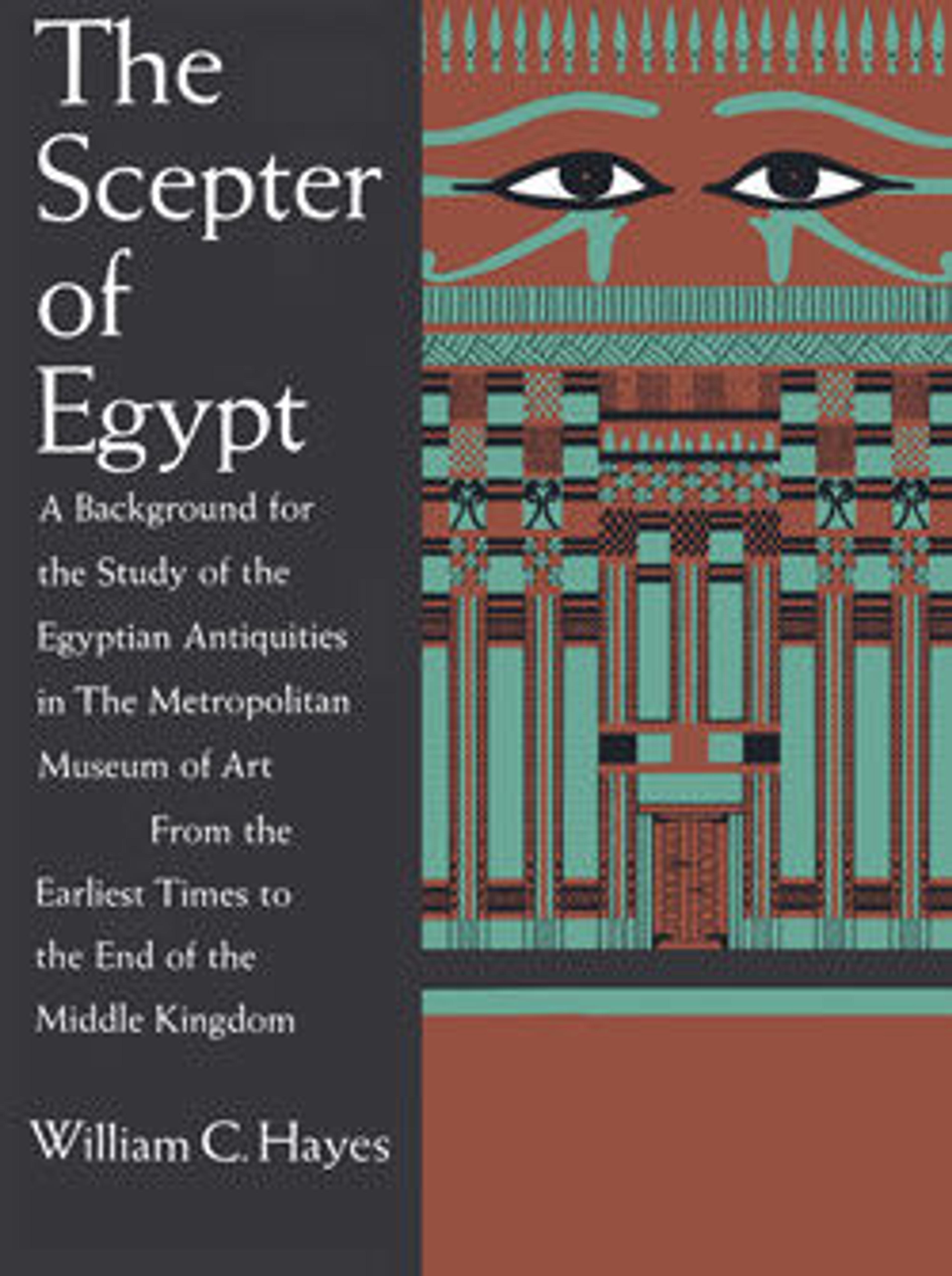Canopic chest of Hapiankhtifi
The canopic box of the steward Hapyankhtifi was found in a pit tomb at Meir along with his three coffins (12.183.11a–c). The box has four inner compartments that is covered by an inner lid. It is decorated in a style similar to his rectangular inner coffin (11.183.11b). A so-called kheker frieze is depicted at the top of the box, and a gilded eye panel adorns one side. The inscriptions include offering rituals from the coffin texts as well as recitations by the four sons of Horus and the four associated protective goddesses: Isis, Nephthys, Neit, and Selqet. The outside lid is decorated with stars.
Artwork Details
- Title: Canopic chest of Hapiankhtifi
- Period: Middle Kingdom
- Dynasty: Dynasty 12
- Date: ca. 1981–1802 B.C.
- Geography: From Egypt, Middle Egypt, Meir, Tomb of Hapiankhtifi, Khashaba excavations, 1910–12
- Medium: Painted and gilded wood (Juniperus sp.)
- Dimensions: 20 7/8 in. (53 cm)
- Credit Line: Gift of J. Pierpont Morgan, 1912
- Object Number: 12.183.14a–c
- Curatorial Department: Egyptian Art
More Artwork
Research Resources
The Met provides unparalleled resources for research and welcomes an international community of students and scholars. The Met's Open Access API is where creators and researchers can connect to the The Met collection. Open Access data and public domain images are available for unrestricted commercial and noncommercial use without permission or fee.
To request images under copyright and other restrictions, please use this Image Request form.
Feedback
We continue to research and examine historical and cultural context for objects in The Met collection. If you have comments or questions about this object record, please complete and submit this form. The Museum looks forward to receiving your comments.
